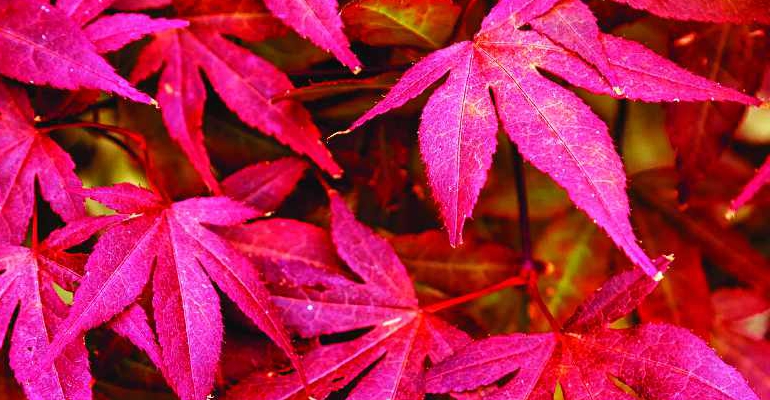
Versatile and long-lived, no plants give better fiery autumnal colours than acers.
A long-held gardening myth confidently states that acers require shade and acid soil. In fact, many varieties are unfussy about soil type and enjoy a brightly-lit spot.
All acers require two fundamental things to thrive; nutritious, moisture-retentive soil and wind shelter, so if you can provide that environment, there are varieties that will suit your garden. As a general rule, red/dark-leaved types are tougher and require more sunlight than their paler/variegated-leaved relatives.
When planted in shade, red-leaved acers often produce dull mahogany brown leaves instead of the dramatic fiery foliage they are so famous for.
Dark leaf pigmentation is Mother Nature’s sunscreen (that’s why juvenile leaves of many plants have red/pink colouration), so if you have a dark-leaved acer that’s sulking in shade, try moving it to a sunnier location and you may be pleasantly surprised next year.
Fallen in love with a particular acer variety? Think before you reach for your credit card – acers aren’t cheap! Can you provide the right conditions? Is it a sun-lover or a shady character? Also, consider its eventual height/spread.
Acers do not respond well to pruning – a bad haircut on a mature acer that’s outgrown its allotted space is a sorry sight. A solo-planted specimen makes a dramatic ‘eye-catcher’, but acers are equally at home in a mixed border – their foliage compliments any flower.
They also look splendid when grouped together in pots. In a shady location, potted acers, ferns and violas make classic planting partners, while in springtime, a patio pot display incorporating acers and the vivid blooms of tulips, primulas and cyclamen coum is hard to beat.
A young acer should be moved into a slightly larger pot every couple of years, preferably in early spring. Carefully choose the right container. ‘Ali Baba’ style pots (where the rim is a smaller diameter than the body of the pot) are best avoided as the restricted top makes it virtually impossible to remove a plant with a substantial root system - sadly, smashing the pot is often the only solution.
When the maximum practical pot size has been attained, refresh the soil by ‘top-dressing’ every spring. Gently remove the top few centimetres of soil and replace with a fresh soil-based compost that has leaf mould and multi-purpose fertiliser added to the mix.
Potted acers will enjoy a fortnightly feed throughout spring and summer. Seaweed tonic is marvellous stuff and can be applied to the roots or used as a foliar feed; dilute the recommended amount into a watering can and sprinkle over the foliage or water directly onto the soil.
Acers are long-lived plants that become more characterful as they age. Given a little care, they will continue to add interest to your garden for many years.

 Homes Extra: Home Sanctuary
Homes Extra: Home Sanctuary
 Blooming Times: Happy Faces
Blooming Times: Happy Faces
 Blooming Times: Winter Sparklers
Blooming Times: Winter Sparklers
 Blooming Times: Winter Wonders
Blooming Times: Winter Wonders
 Blooming Times: The Answer Lies in the Soil
Blooming Times: The Answer Lies in the Soil
 How to Cover Up Shabby Garden Walls and Fences
How to Cover Up Shabby Garden Walls and Fences
 Homes Extra: Shed Space
Homes Extra: Shed Space
 Gardening: Choose a Clematis for Every Month of the Year
Gardening: Choose a Clematis for Every Month of the Year
 Blooming Times: Top of the Pots
Blooming Times: Top of the Pots
 Kids Zone: Get the Kids Growing
Kids Zone: Get the Kids Growing
 Blooming Times: Wisteria Hysteria
Blooming Times: Wisteria Hysteria
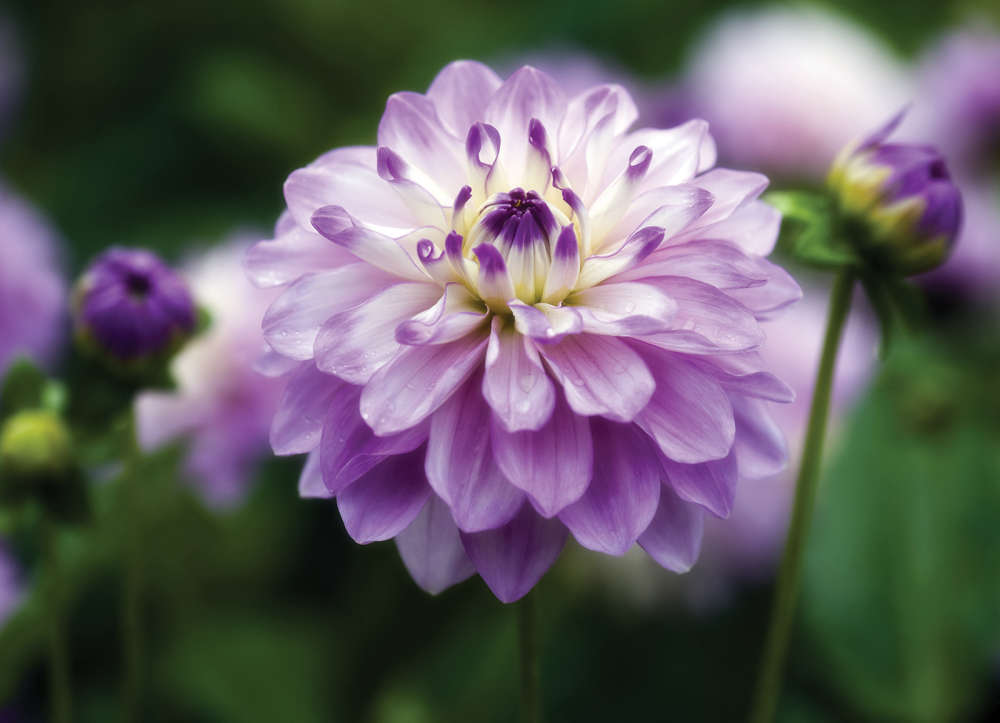 Blooming Times: Dahlia Mania
Blooming Times: Dahlia Mania
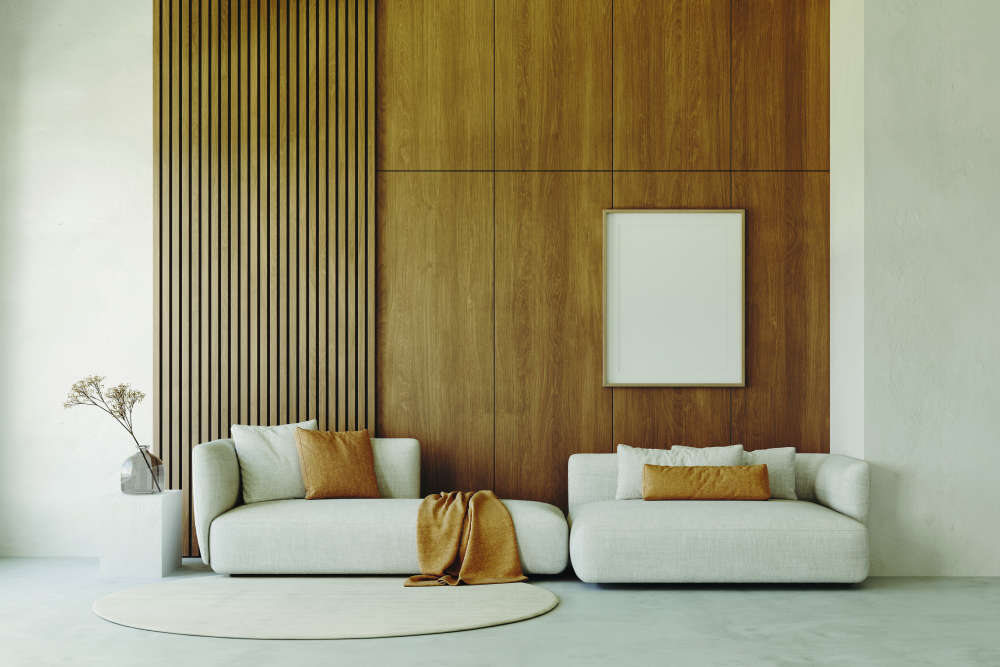 How to Create 3D Walls in Your Home
How to Create 3D Walls in Your Home
 Blooming Times: Spring Fever
Blooming Times: Spring Fever
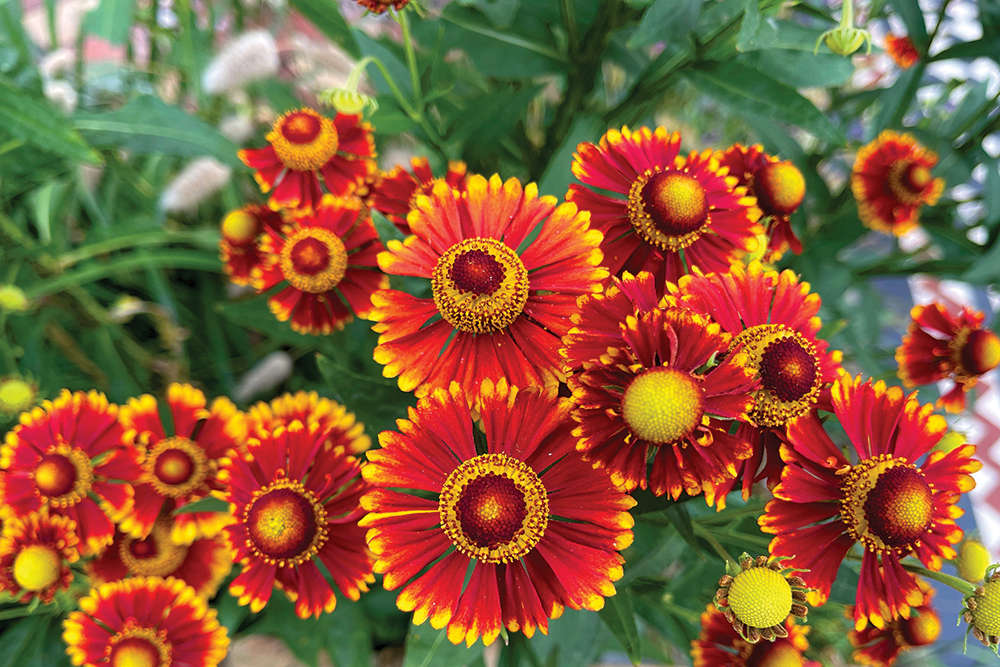 Blooming Times: What's in a Name?
Blooming Times: What's in a Name?
 Top 10 Garden Birds to Spot on the Isle of Wight
Top 10 Garden Birds to Spot on the Isle of Wight
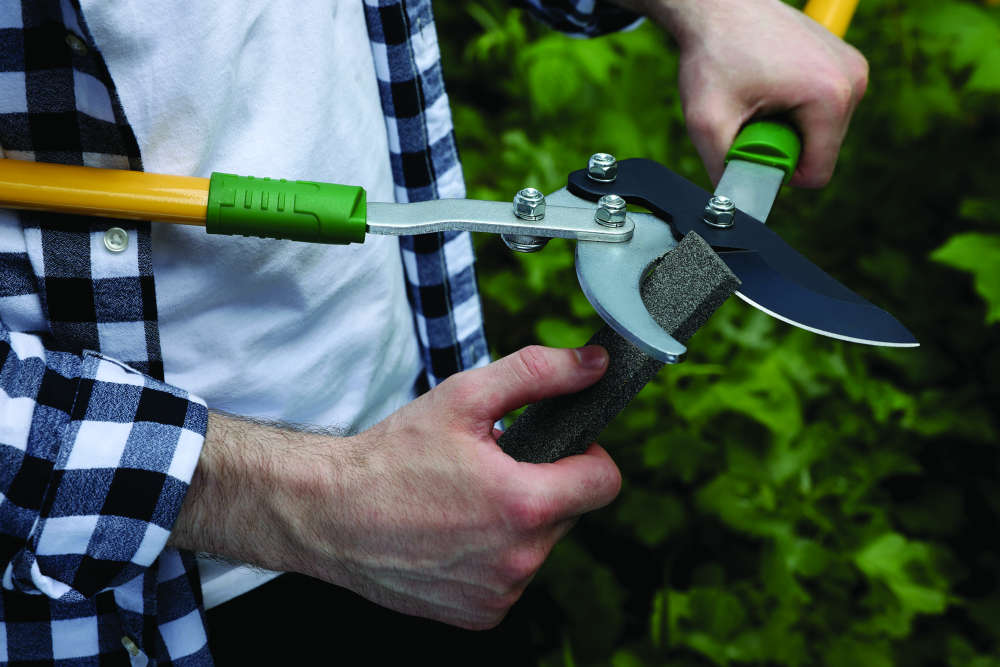 The Best Christmas Gifts for Gardeners
The Best Christmas Gifts for Gardeners
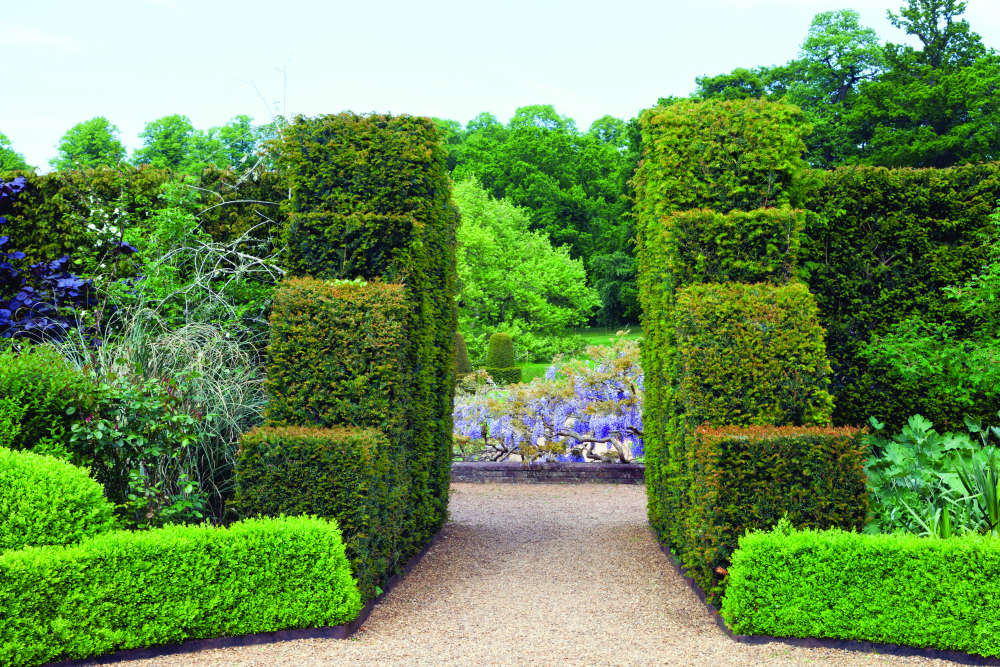 Gardening: The Benefits of Hedges
Gardening: The Benefits of Hedges
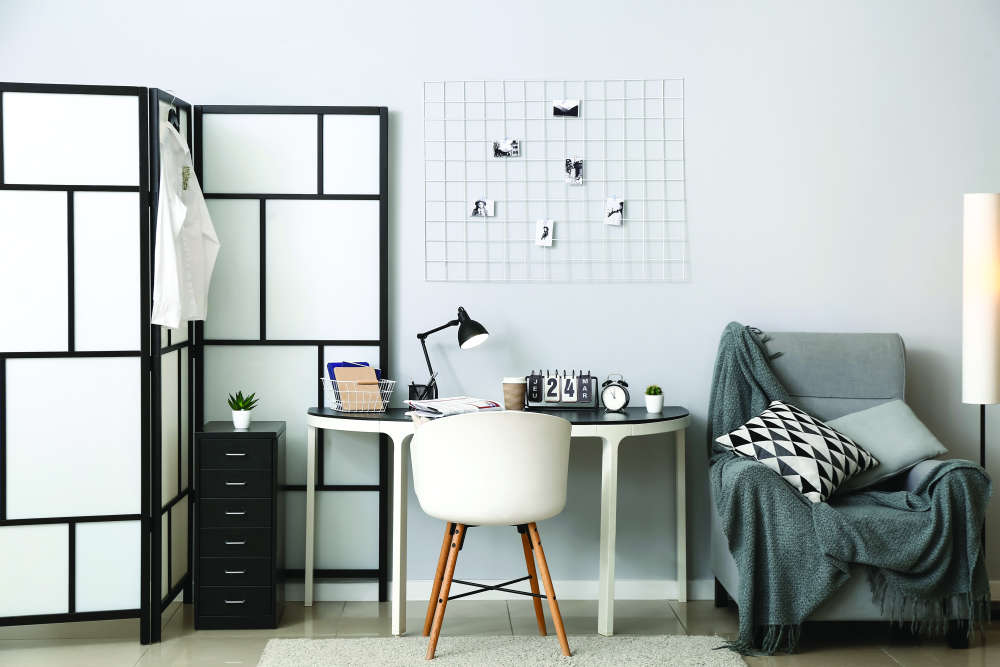 How to Create a Happy Home Workspace
How to Create a Happy Home Workspace
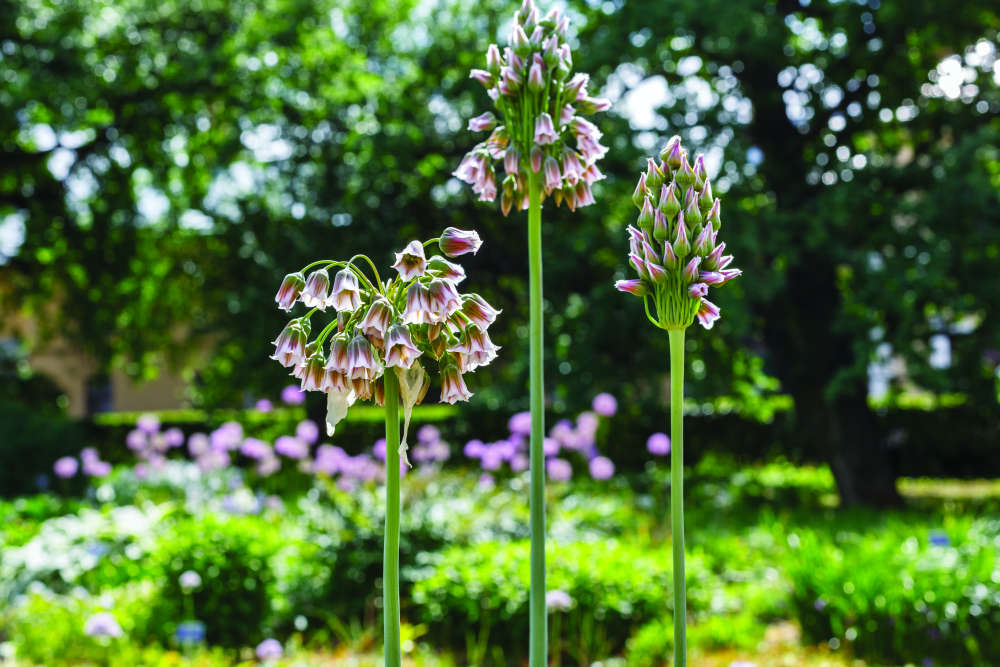 Now's the Time to Plant Alliums for a Spectacular Display Next Year
Now's the Time to Plant Alliums for a Spectacular Display Next Year